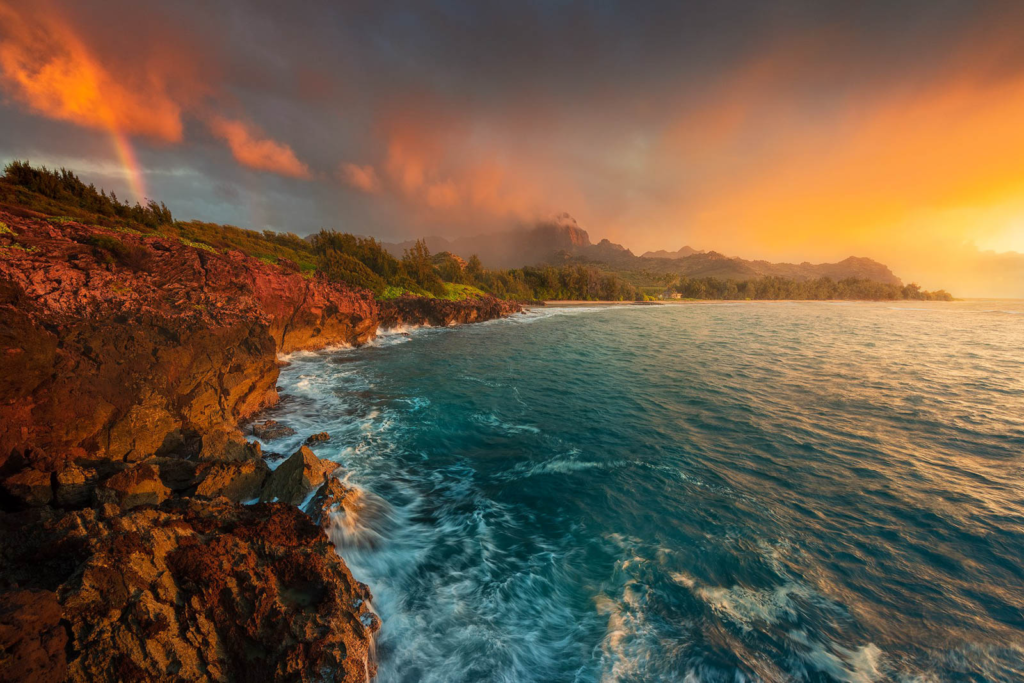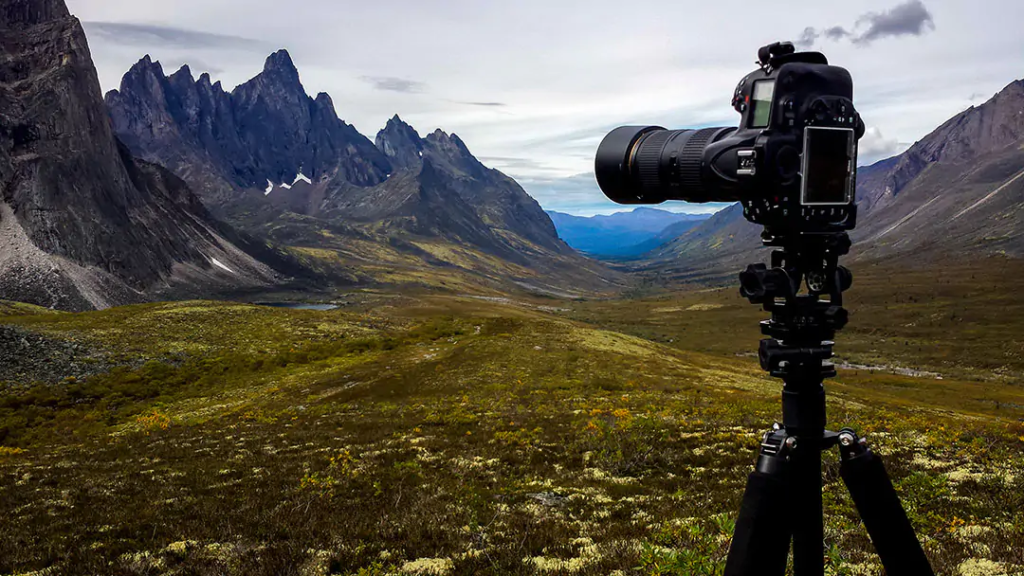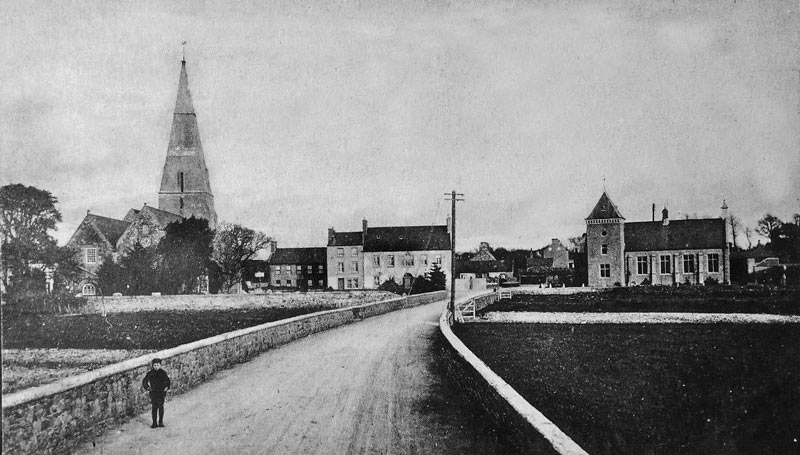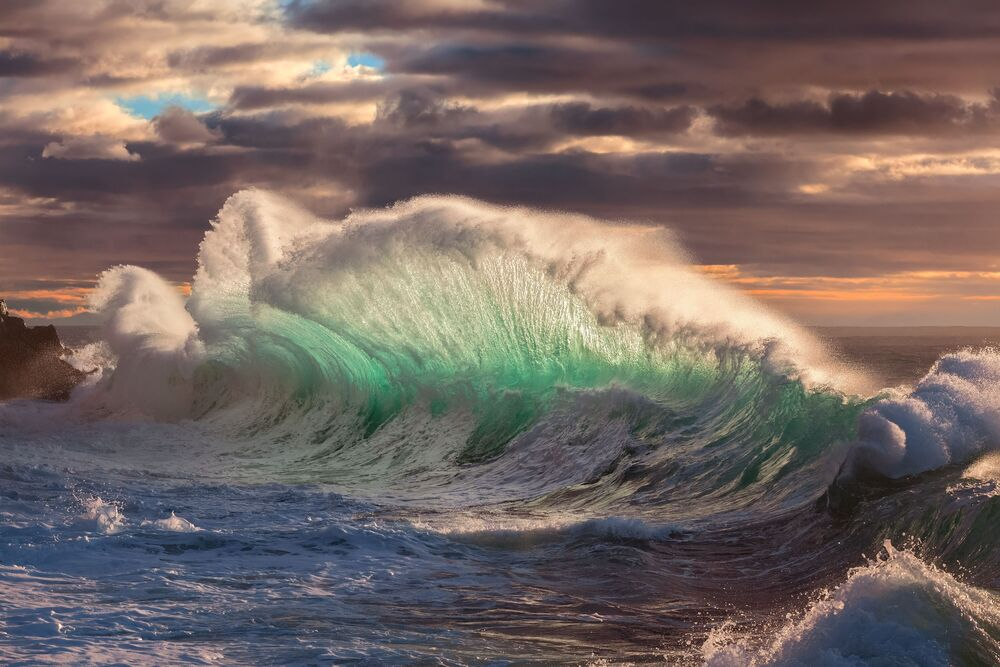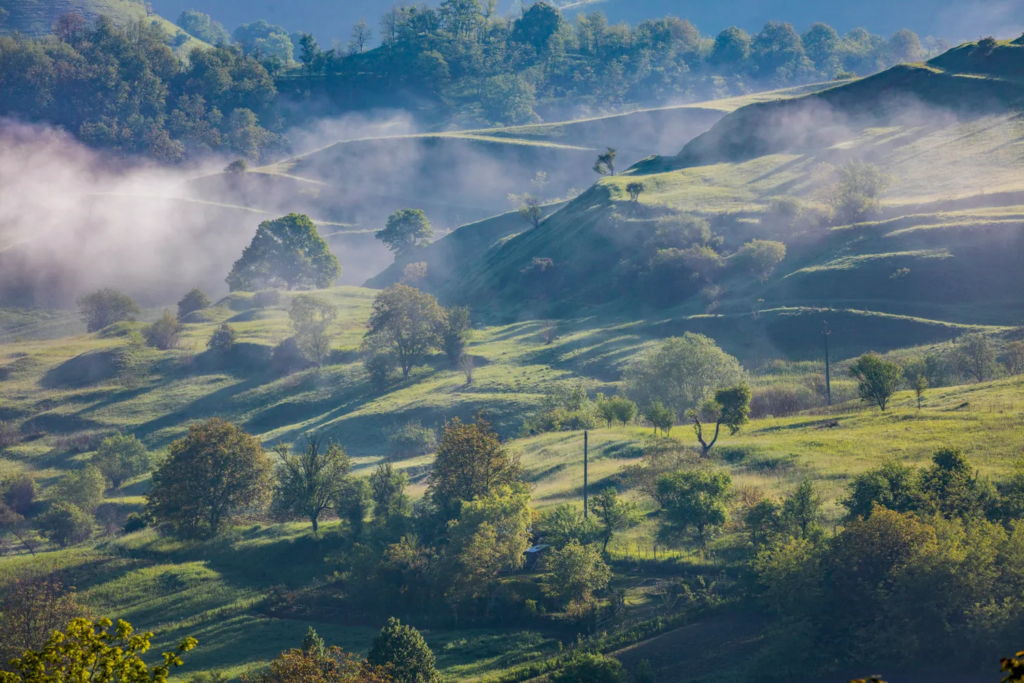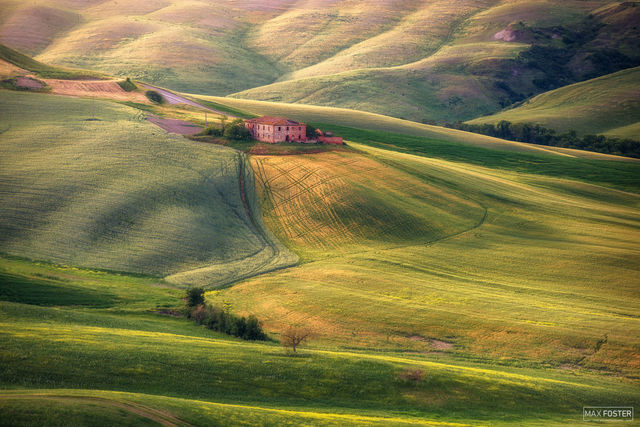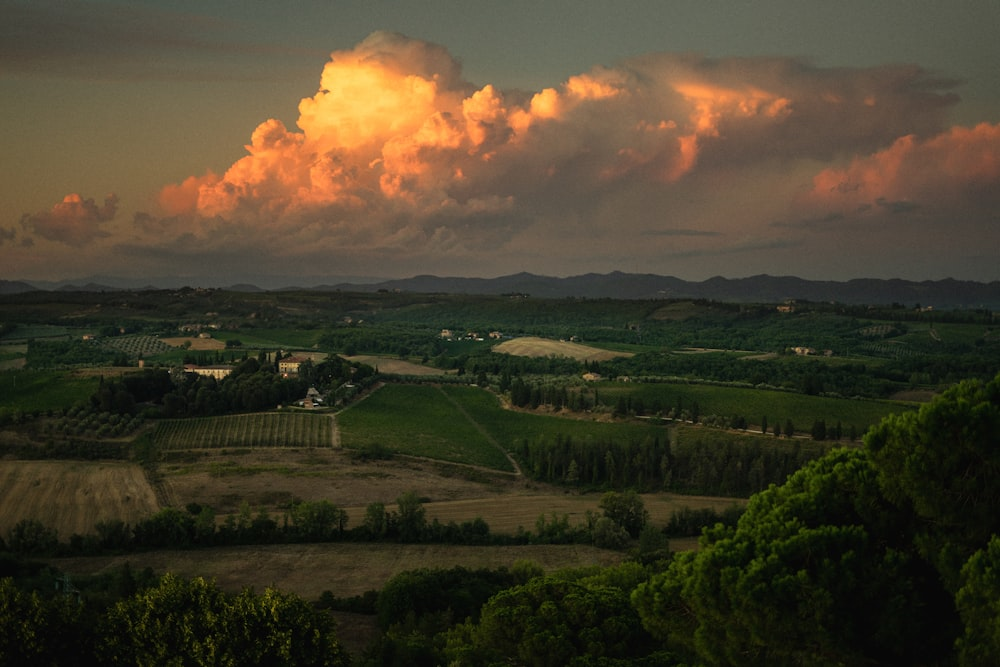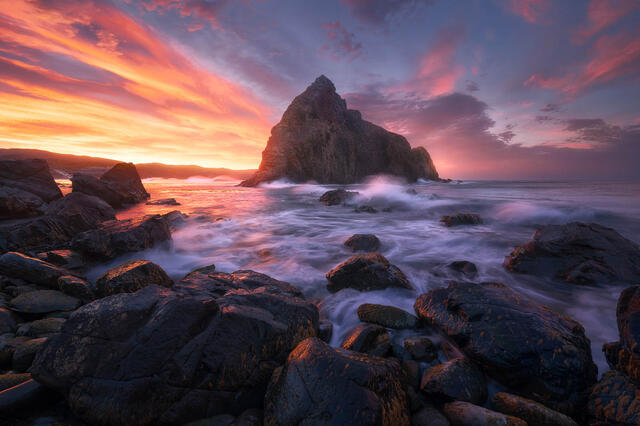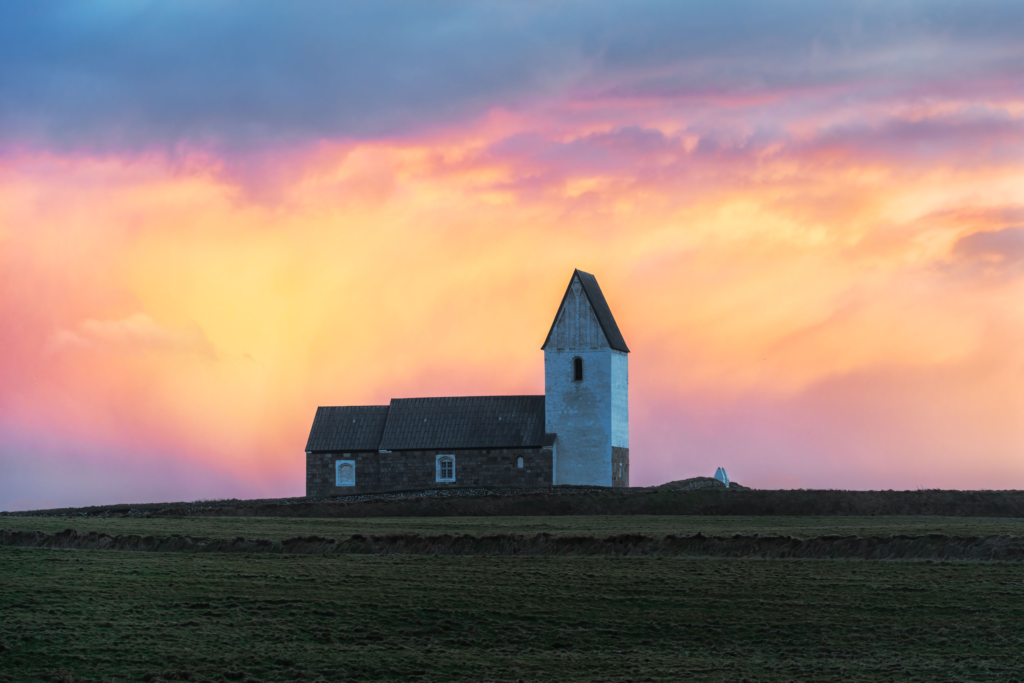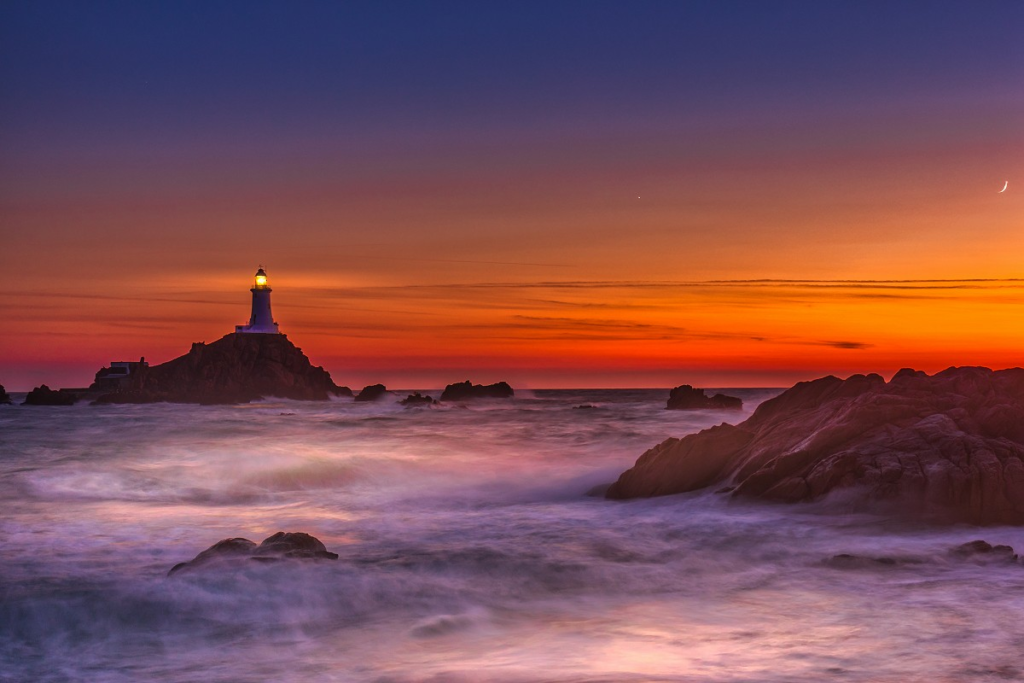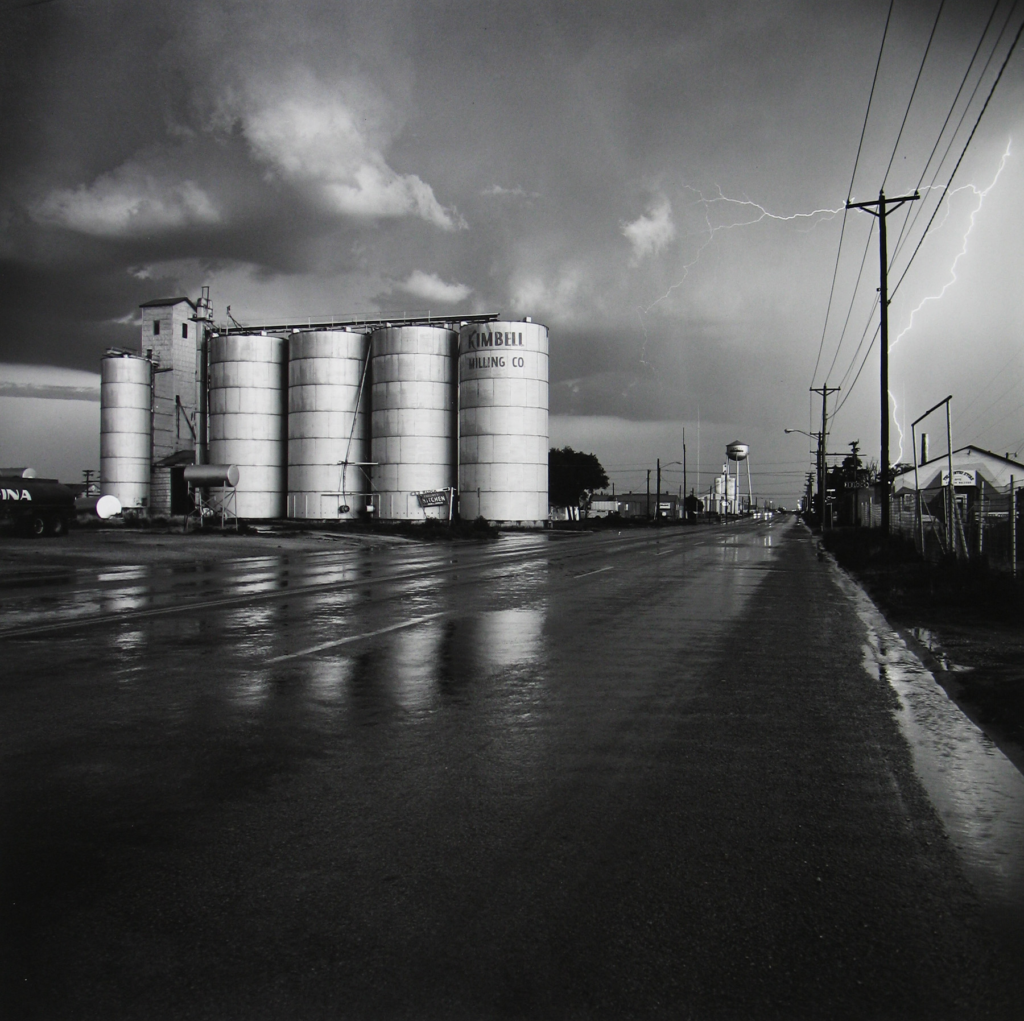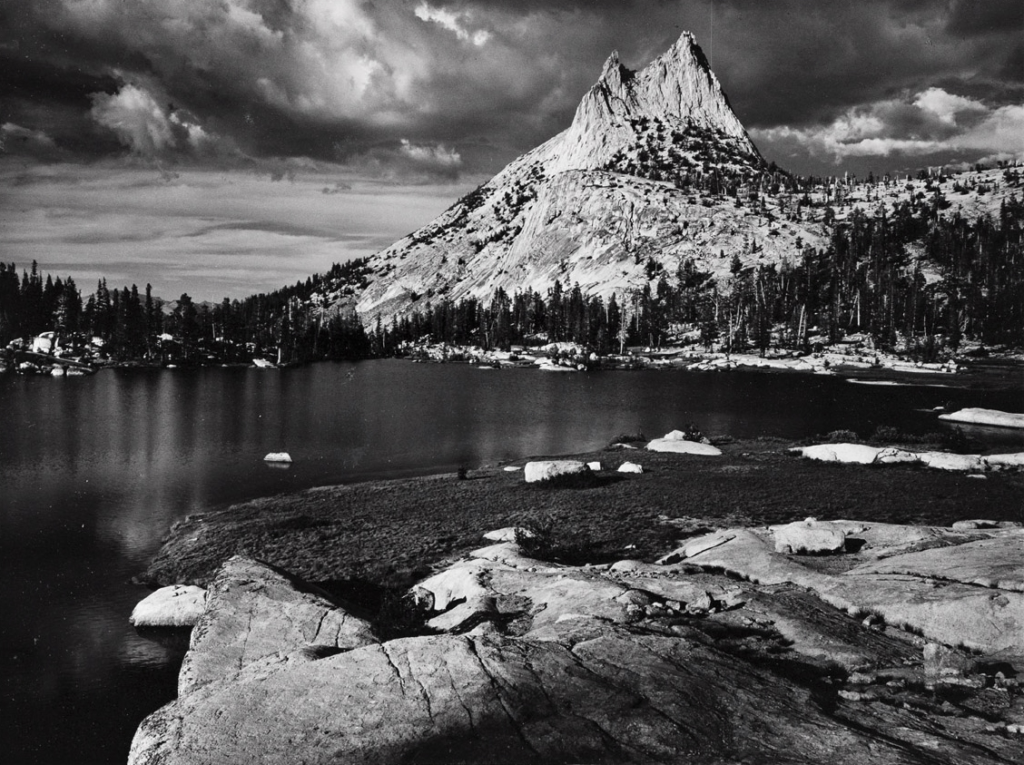Mood board:




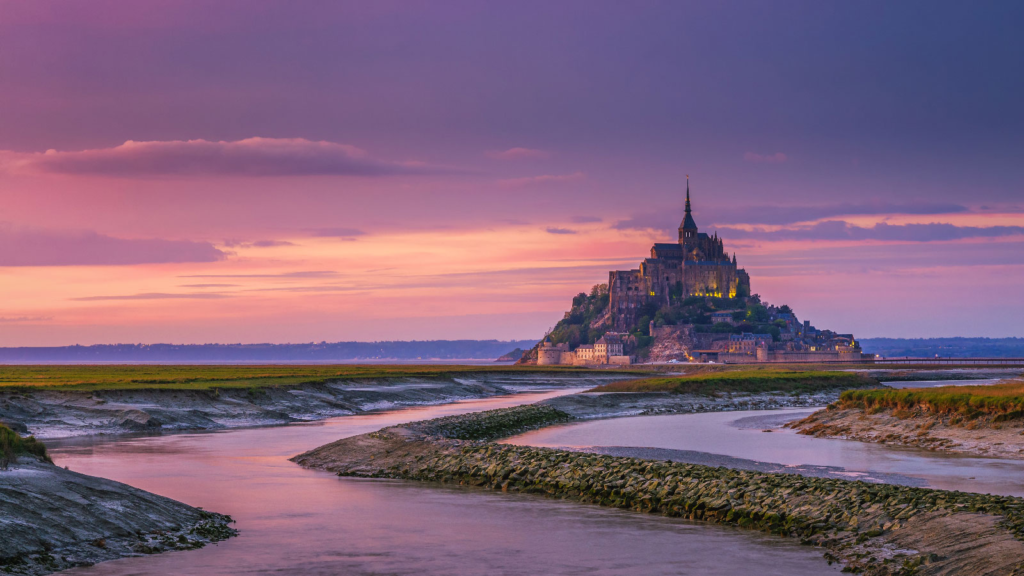

Artist studies:
Robert Adams –

Born, May 8th 1937, Robert Adams is an American Photographer apart of the ‘New Topographics’ , were him and other photographers captured the aesthetic of rapidly urbanised landscapes such as parking lots, warehouses, and suburban houses. His work is said to explore and reveal the effects of human impact on wildness and open space, furthermore it is spoken that his work also shows the hollowed out idea of ‘Manifest Destiny’ when expanded in the 19th century and that this once rapid expansion has led to after effects of consumption of the landscapes. With these images, i feel as if this is best shown as a once, large peaceful expansion of calm has been converted into a populated area of both busyness and desolation of urban sprawl.



Lewis Baltz –

Born, September 12th 1945, Lewis Baltz can be seen as one of the young prodigy’s of the baby boom generation to capture the aesthetics of the ‘New Topographics’. Like Adams, his work exposes the vast Urban sprawl, now left desolate and unused post second world war. With the grand scale of industrial output during the second world, large structures as seen in this image sit unused and worn out from a past, once busier function. Now, numerous areas like this, are captured by Baltz.

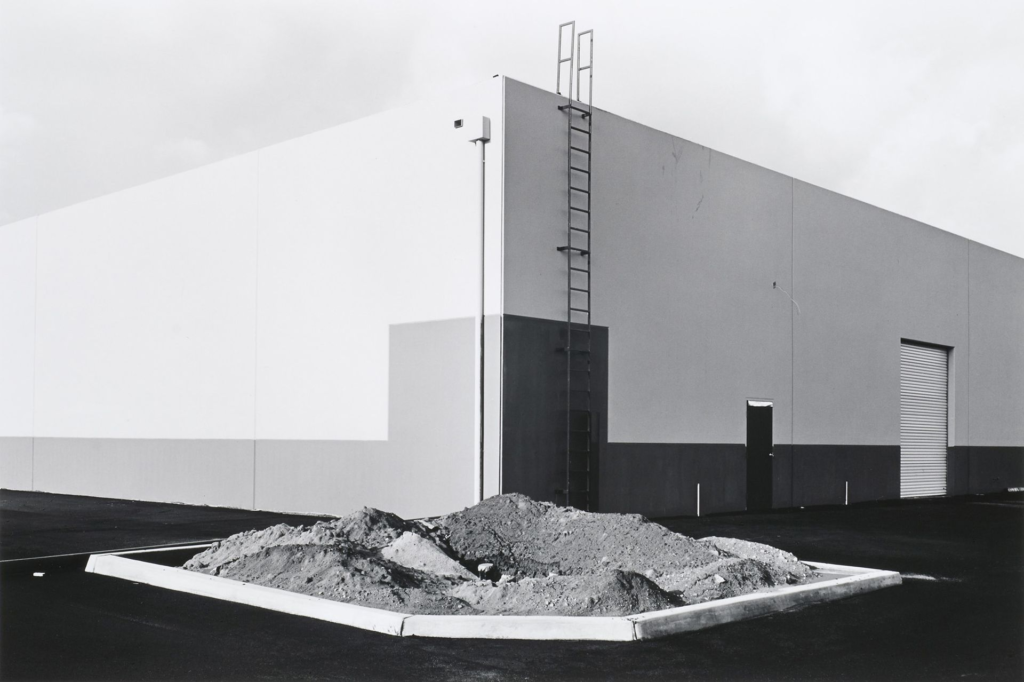
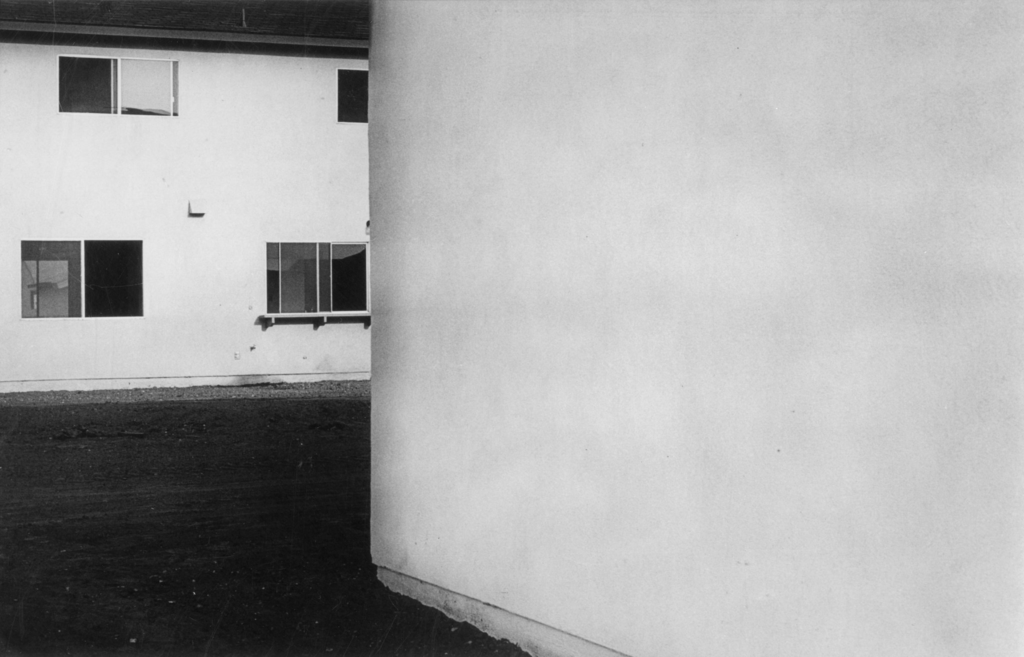
Frank Gohlke –

Born, April 3rd 1942, Frank Gohlke was another photographer apart of this aesthetic. Photographing urban areas such suburb neighbourhoods and old factories within towns, Gohlke, differed slightly from the rest as his photos also consisted of cases of destruction in urban areas. Such as the aftermath of a tornado hitting his home town Wichita Falls Texas, in 1979, as well as the destruction of property surrounding mount St Helens following its eruption in 1980.
( Tornado aftermath, Wichita Falls, Texas, 1979)



Frank Gohlkes’s work is significant to me as his photographs are highly similar in comparison to our project for this topic. Our project is to compose photoshoots of the damage caused to our islands landscapes following storm Ciaran in November of 2023.
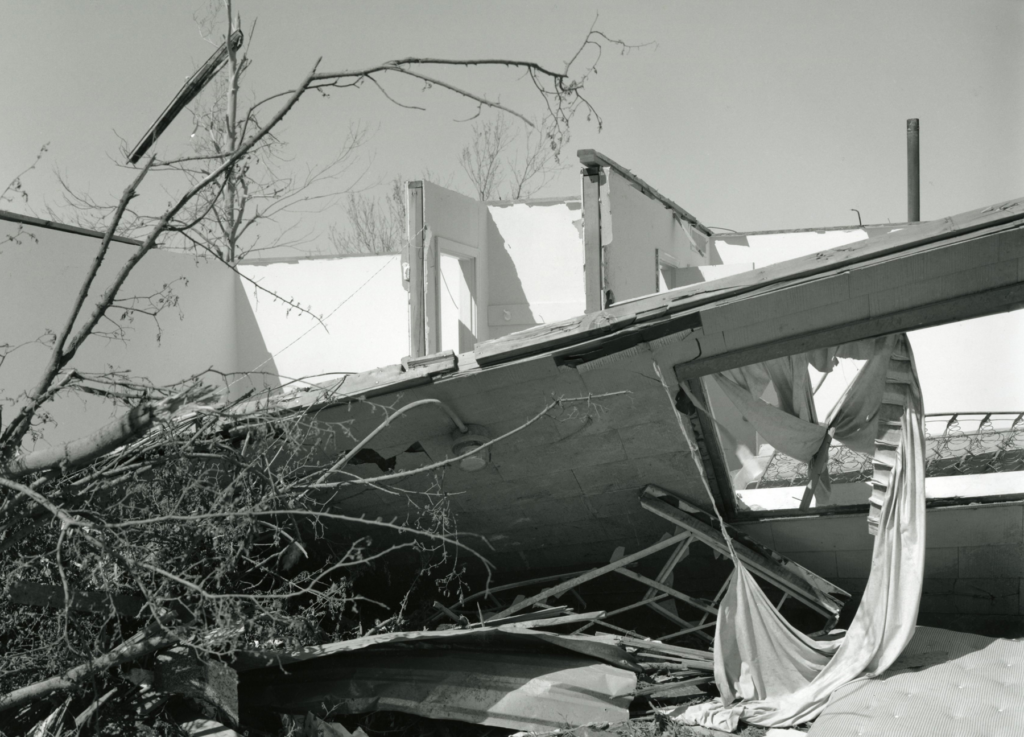

All of these Photographers have had their work featured in numerous Art galleries, such as the Solomon R. Guggenheim Museum in New York. Most importantly, all 3 were apart of a group of 10 photographers who were selected to be a part of the “New Topographics: Photographs of a Man-Altered Landscape” and featured in the 1975 exhibition at the International Museum of Photography at George Eastman House.
Quotes:
No place is boring, if you’ve had a good night’s sleep and have a pocket full of unexposed film.
– Robert Adams
If you read what, say, Weston was writing in the 1920s he talked about an industrial medium, reflective surfaces, contemporary subject matter—it’s a straighter line to [Ed] Ruscha’s 26 Gas Stations than it would ever be to Ansel Adam’s pictures of Yosemite and their kitschy calendar sensibility.
– Lewis Baltz
The best landscape images, whatever their medium and whatever other emotions they may evoke… propose the possibility of an intimate connection with a world to which we have access only through our eyes, a promise containing its own denial.
– Frank Gohlke
Image analysis
For this image analysis, I have chosen to look at Frank Gohlke’s work as I believe it will be the best point of reference for my photoshoots.



